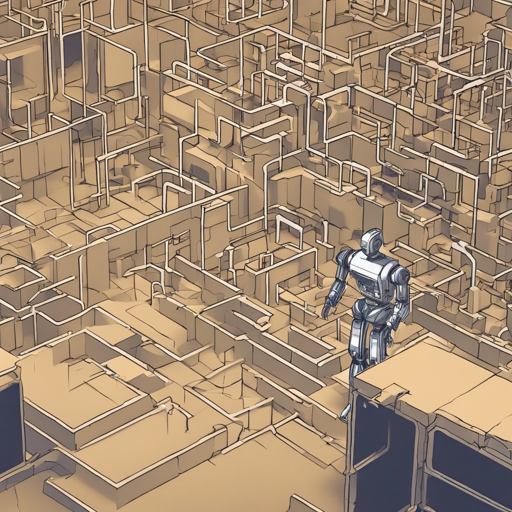Simultaneous Localization and Mapping (SLAM) is a fascinating concept that allows a robot or a device to build a map of an unknown environment while simultaneously keeping track of its location within that environment. In this article, we’ll dive into how to create point clouds, which are critical in SLAM, using popular libraries like Open3D and Matplotlib.
What You’ll Need
Understanding Point Clouds in SLAM
To grasp the point cloud concept, imagine you’re a person in a dark room equipped with a flashlight. As you move around, the flashlight illuminates parts of the room, revealing furniture, walls, and features. Each illuminated part is akin to a point in a point cloud. The flashlight represents the sensor data collected by the robot, which builds a spatial representation of the environment around it in real-time.
Creating Point Clouds with Open3D
Now, let’s jump into creating point clouds using Open3D.
import open3d as o3d
import numpy as np
# Generate random points
points = np.random.rand(100, 3)
pcd = o3d.geometry.PointCloud()
pcd.points = o3d.utility.Vector3dVector(points)
# Visualize the point cloud
o3d.visualization.draw_geometries([pcd])
In this code, you’re generating a set of random points in a 3-dimensional space and visualizing them as a point cloud. The use of Open3D allows you to create and interact with these clouds easily.
Creating Point Clouds with Matplotlib
Similarly, you can create point clouds with Matplotlib for 3D plotting. Below is another code snippet:
import matplotlib.pyplot as plt
from mpl_toolkits.mplot3d import Axes3D
# Generate random points
points = np.random.rand(100, 3)
fig = plt.figure()
ax = fig.add_subplot(111, projection='3d')
ax.scatter(points[:, 0], points[:, 1], points[:, 2])
plt.show()
Using Matplotlib allows you to visualize the same random points but in a more streamlined 3D plot environment, making it more accessible for different analysis techniques.
Troubleshooting Common Issues
Sometimes, when working with SLAM and point clouds, you might face some challenges. Here are a few troubleshooting tips:
- Problem: Point cloud does not display.
Ensure you have installed all libraries correctly and look for any error messages in the console for clues. - Problem: Performance issues with large datasets.
Try optimizing your code or reducing the number of points generated for visualization. - Problem: Inconsistent mapping.
Check your sensor data input for accuracy and ensure that the dependencies are up-to-date.
For more insights, updates, or to collaborate on AI development projects, stay connected with fxis.ai.
The Future of SLAM
At fxis.ai, we believe that such advancements are crucial for the future of AI, as they enable more comprehensive and effective solutions. Our team is continually exploring new methodologies to push the envelope in artificial intelligence, ensuring that our clients benefit from the latest technological innovations.
By implementing SLAM effectively, you’re not only contributing to your own projects but also to the larger community that strives for advancing robotics and spatial awareness technology.

